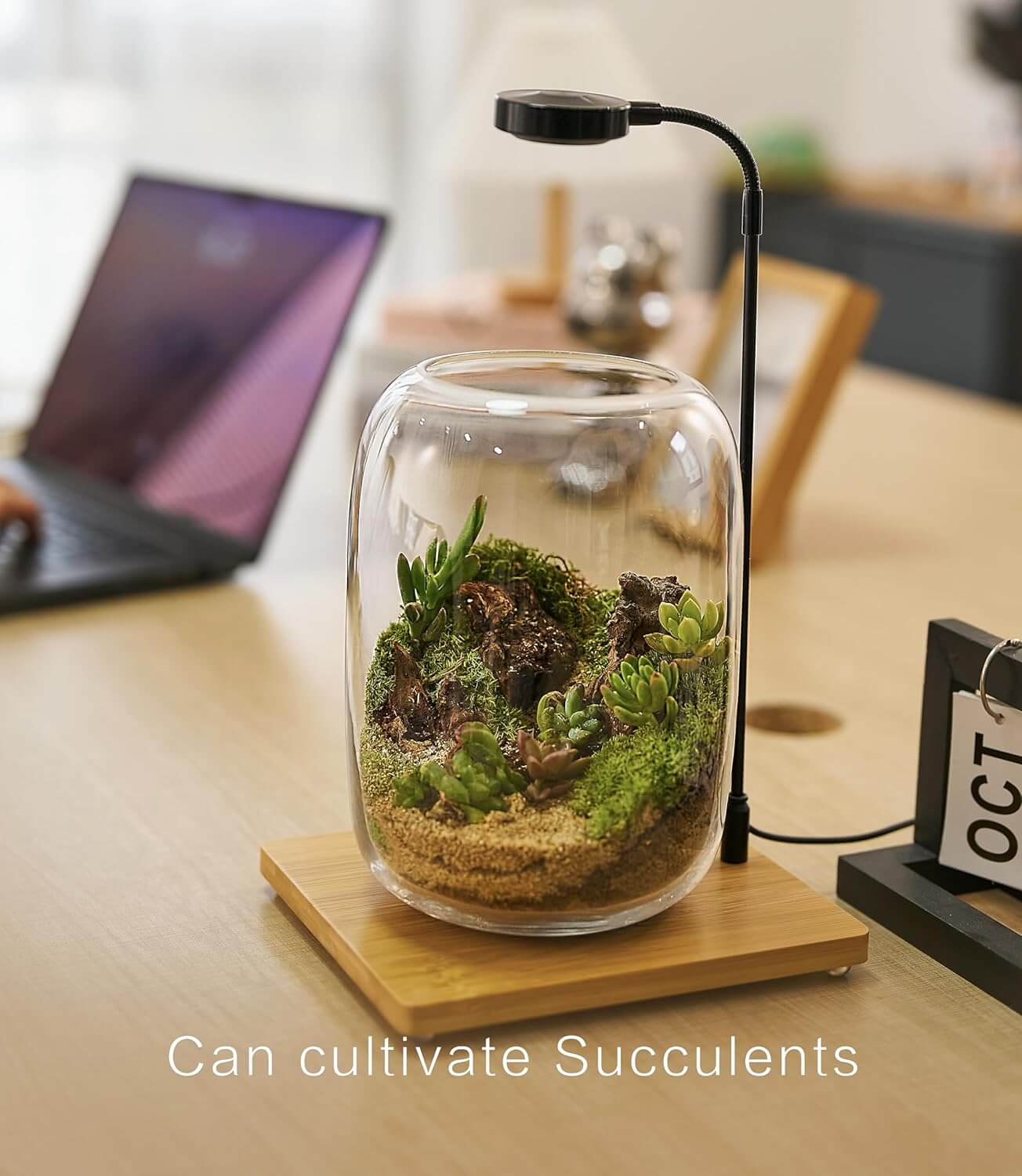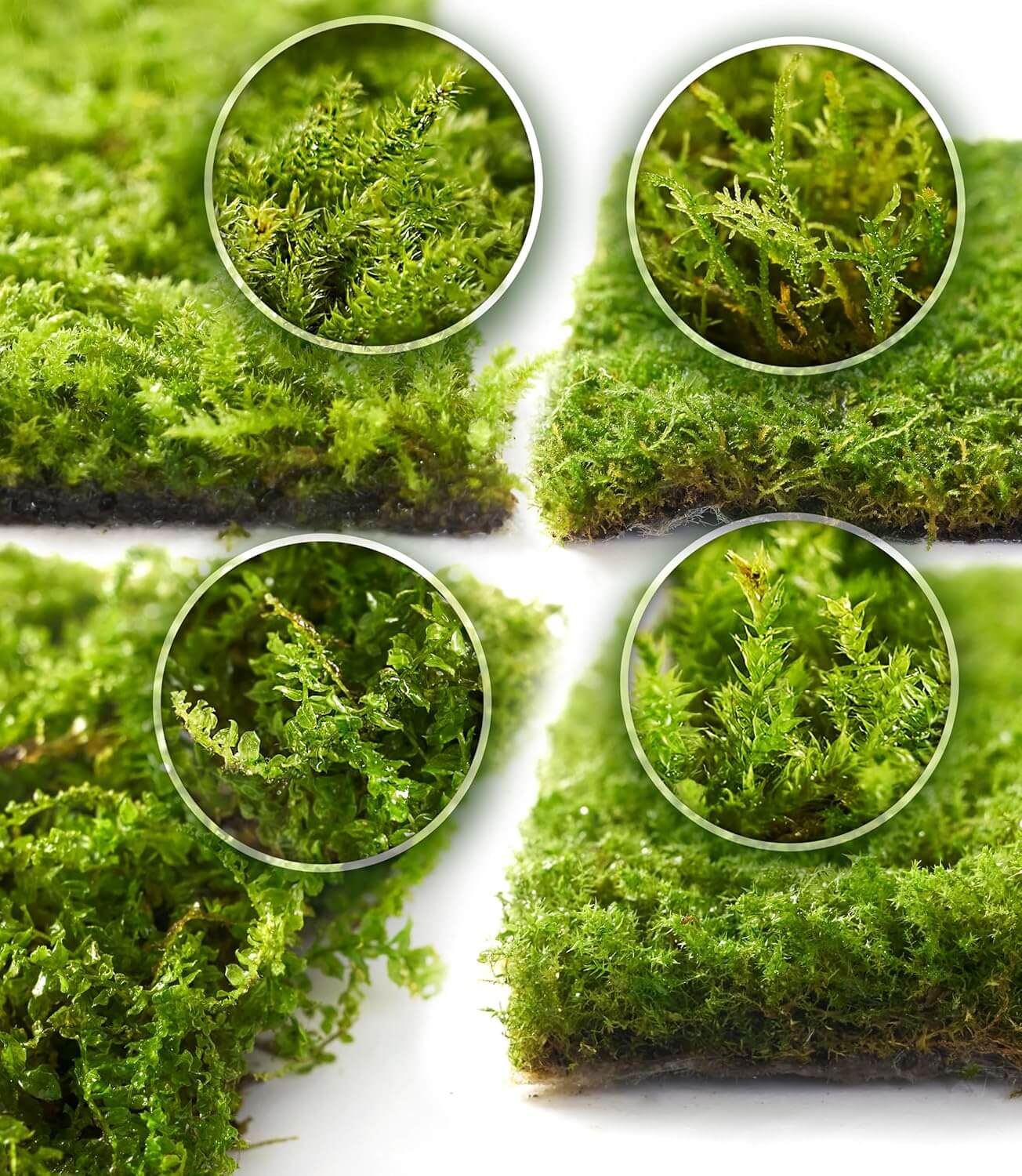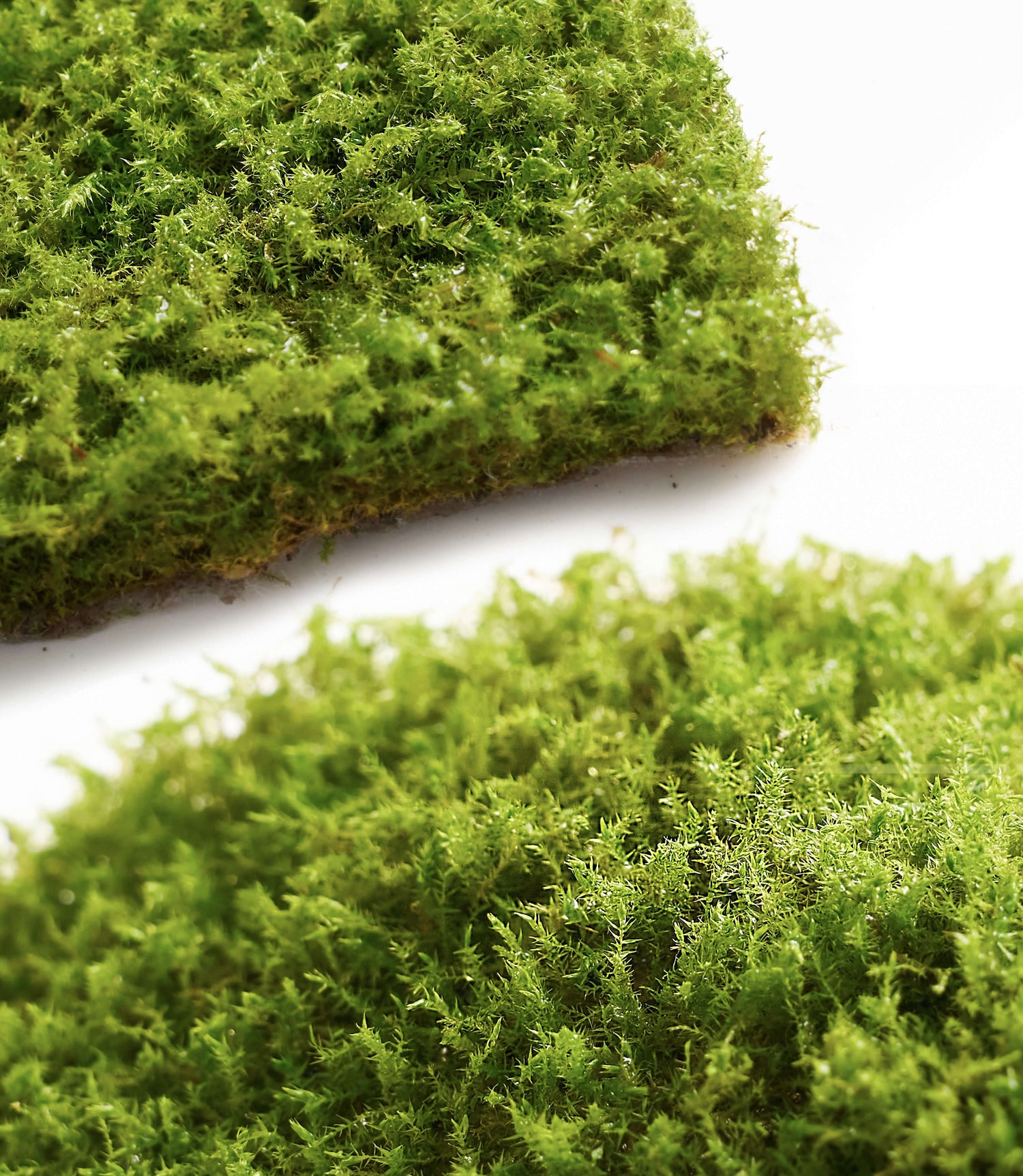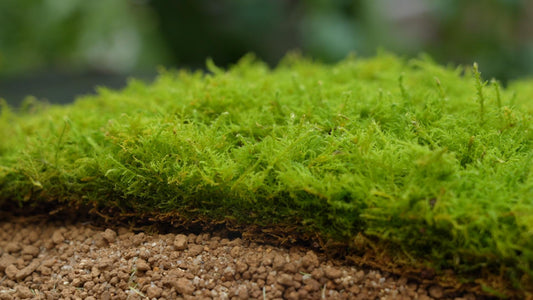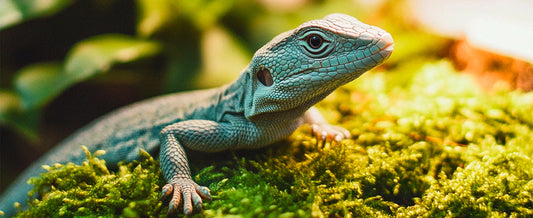What is live moss
I've spent years with mosses, and I've always considered them nature's most astute little creatures, radiating an understated romance. These rootless plants, often grown as terrarium mosses in glass jars or bonsai, draw their nutrients from the air—given a cool, slightly acidic soil, and just the right amount of water, they'll quietly blossom into a verdant poem.
What fascinates me most is their uncanny ability to "resurrect from the dead." I remember one time, after two weeks without rain, the moss in my yard dried up like a wilt of cotton wool, and I almost thought it was dead. But after a rain, in just a few seconds, those curled-up leaves, like Sleeping Beauty, awakened, unfurled in the water, and instantly regained their vibrant green. I later learned that this is called "hydromorphism," like a dream suddenly awakened. Scientifically speaking, mosses are non-vascular plants, lacking a complex transport system. Yet, they have mastered photosynthesis in a novel way: chloroplasts, located throughout their bodies, enable them to convert sunlight into the energy they need for growth, regardless of the direction of the sunlight. This is the secret to their vibrant green color, even in dark corners, whether in the wild or as living mosses displayed in terrariums.

Mosses reproduce in a rather "Buddhist" manner. They neither bloom nor bear fruit, but instead quietly release single-celled spores on humid mornings, harnessing the power of moisture to reproduce. Even when blown to pieces by the wind, they adapt to changing environments and establish themselves in new locations, like a group of migratory elves.
People often mistake mosses for lichens, but they are actually like-minded neighbors. Lichens are symbiotic organisms of fungi and algae. While not strictly plants, they, like mosses, prefer damp, shady corners. Beneath the old tree behind my house, they always grow side by side, like a pair of silent yet tacit friends, sharing the same sunlight amidst the fallen leaves. If you want such a companion, it's actually quite simple. They prefer poor soil, especially compacted soil with little organic matter. I always test the soil pH before planting; they thrive in a slightly acidic environment of 4.5-5.5. If the pH isn't quite right, a sprinkle of wettable sulfur can easily adjust it. Firmly tamp the plants down after planting and water them frequently for the first two to three weeks; after that, they require little care.
By the way, there are some "outliers" among the living moss family—sun-loving varieties prefer a slightly higher pH and often take up residence in concrete corners or between paving stones. Like lively children, they love to roll around in the sun. Every moss order I place includes detailed transplanting instructions, making it easy for even beginners to grow their own terrarium moss at home.

Watching these tiny green creatures awaken and spread from my fingertips, the rhythm of life seems to slow down. They don't fight or compete, but rather demonstrate their resilience with the most gentle gestures. Perhaps this is nature's greatest lesson for us.

